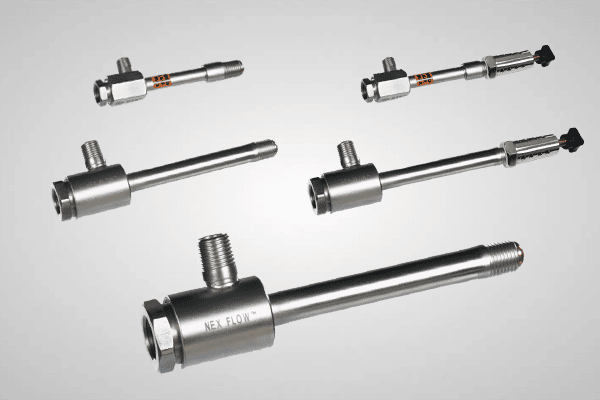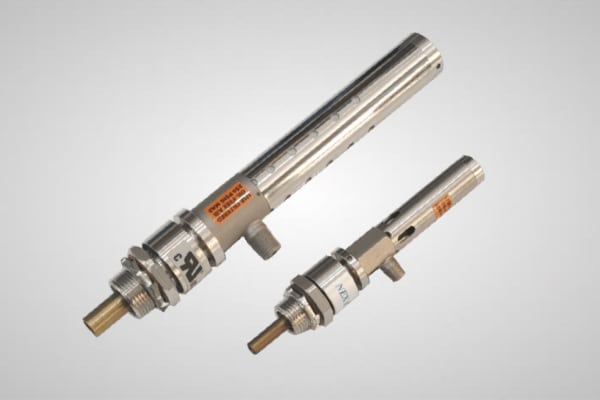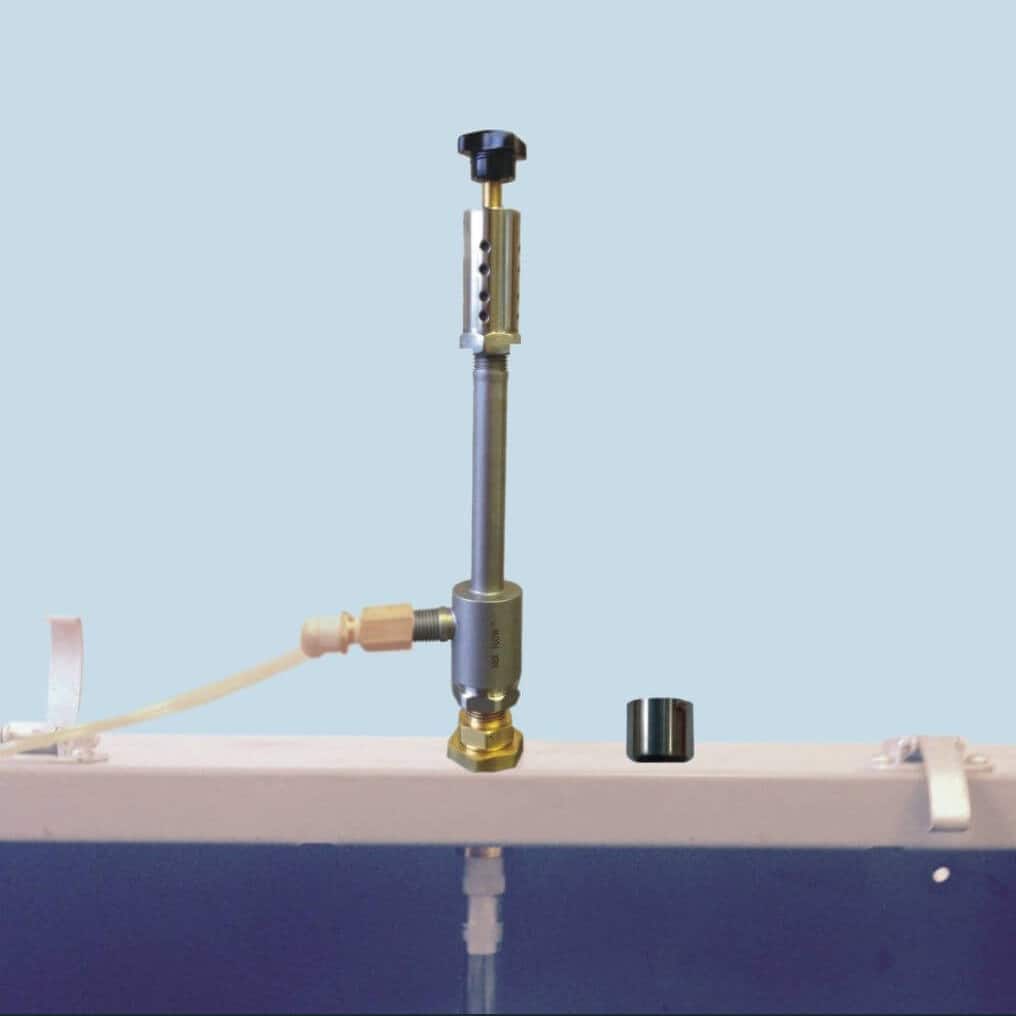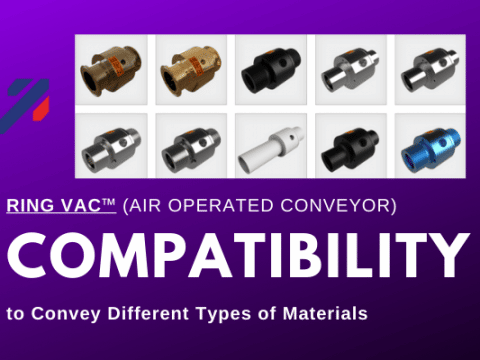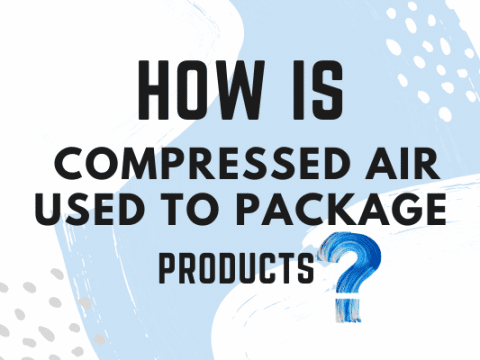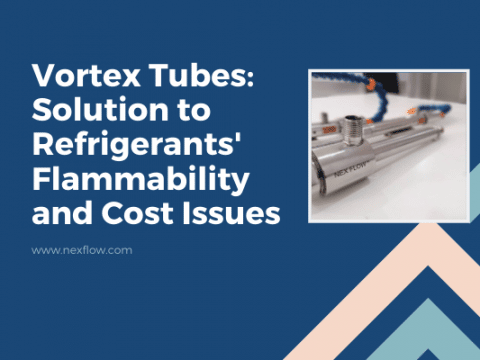
In a previous article, we’ve explained why it’s not practical to use vortex tube to cool a room. Another question that gets asked sometimes is – can I cool a small server with a vortex tube and that answer is generally no but it is possible to cool small individual servers. Computer equipment generates heat, and are sensitive to heat, humidity, and dust. If we’re talking about a computer server – there is also a need for very high resiliency and failover requirements. Maintaining a stable temperature and humidity within tight tolerances is therefore critical to IT system reliability. According to OpenXtra, server room temperatures should not dip below 50 ˚F (10 ˚C), and should not exceed 82 ˚F (28 ˚C). The optimal temperature range is between 68-71 ˚F (20-22˚C). So, when you have numerous servers on the premises for your business, heat and power will be some of your primary concerns. A single server can generate quite a bit of heat and when combining several together with other equipment in a closed room, temperatures can quickly add up.
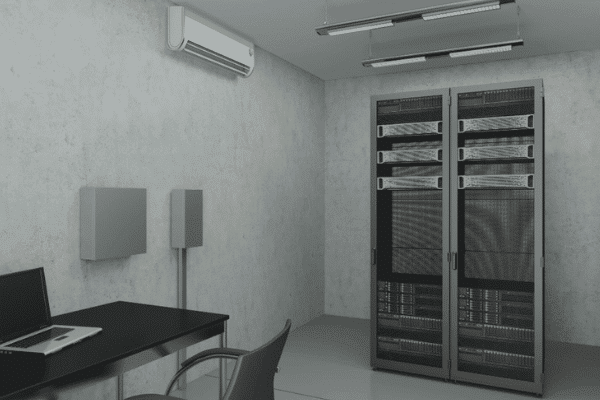
In principle it is easy to calculate the size of air conditioning unit you need for your Server Room, just add together all the sources of heat and install an air conditioning unit that can remove that much. In practice, however it is more complicated.
Fire regulations often require that Server Rooms have levels of insulation far above that of a normal office. Providing sufficient cooling is essential to ensure reliable running of servers, routers, switches and other key equipment. Failure of air conditioning can lead to serious consequences for the equipment itself and for your company. Early warning of problems and spare capacity in the cooling system are both highly desirable.
The amount of heat generated is known as the heat gain or heat load. The heat load depends on a number of factors, by taking into account those that apply in your circumstances and adding them together a reasonably accurate measure of the total heat can be calculated*.
Factors include:
- The floor area of the room
- The size and position of windows, and whether they have blinds or shades
- The number of room occupants (if any)
- The heat generated by equipment
- The heat generated by lighting
Follow these 5 simple steps to calculate Total Heat Load:
- Calculate the amount of cooling required depending on the area of the room.
Room Area BTU/hr = Length (m) x Width (m) x 337 - If there are windows to your server room – do the following calculation. If there are no windows – then skip steps 2 and 3.
*note: This if for the Northern Hemisphere. If you are in the Southern Hemisphere swap the conversion factors as the heat on North facing windows is then greatest.
South Window BTU/hr = South window Length (m) x Width (m) x 870
North Window BTU/hr = North window Length (m) x Width (m) x 165
2.1 If there are no blinds on the windows multiply the result(s) by 1.5.
2.2Calculate heat load for all windows combined.
Total Windows BTU/hr = South Window(s) BTU/hr + North Window(s) BTU/hr - Purpose built Server Rooms don’t normally have people working in them, but if people do regularly work in your server room – you can calculate the heat output if any personnel in the room (around 400 BTU/hr per person)
Total Occupant BTU = Number of occupants x 400 - Estimate the Equipment and Lighting heat load. The wattage on equipment is the maximum power consumption rating, but the actual power consumed may be less. However it is probably safer to overestimate the wattage than underestimate it.
Equipment BTU/hr = Total wattage for all equipment x 3.5
Lighting BTU/hr = Total wattage for all lighting x 4.25 - Calculate Total Heat load by adding the above together.
Total Heat Load BTU/hr = Room Area BTU/hr + Windows BTU/hr + Total Occupant BTU/hr + Equipment BTU/hr + Lighting BTU/hr
This is the amount of cooling required so you need one or more air conditioning units to handle that amount of heat. Generally this load will be quite high for using vortex tube operated Panel Coolers.
So what size of air conditioner do you really need?
Small air conditioning units have a cooling capacity of between 5,000 and 10,000 BTU/hr. Small units may fit in windows, venting to the outside environment. Panel Coolers can provide up to 2800 BTU/hr of cooling. Larger air conditioning units may be rated in tons of cooling. 1 ton of cooling is equivalent to 12 thousand BTU/hr.
While vortex tube operated Panel Coolers can cool a small individual server, cooling the entire room can be a problem for several reasons. First, a Panel Cooler or a Cabinet Enclosure Cooler that operates with vortex tube technology, works by providing cold air into the item cooled. But the waste heat is dispelled into the room. If you have multiple Panel Coolers, that can add up to a great deal of heat. The only way to regulate that heat added is to vent that waste heat outside the room from each Panel Cooler. So the server may be kept cool, but not the room. That waste heat needs to be removed. Secondly, because Panel Coolers use compressed air, a large number of units requires a larger compressor which in turn can add to energy costs.
While it can be practical to cool a small server with a Panel Cooler for cooling a dedicated server room it is generally not practical.



